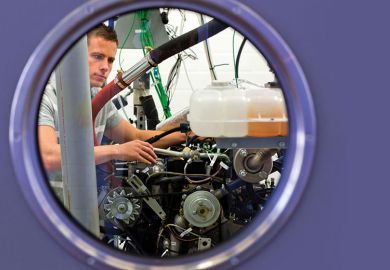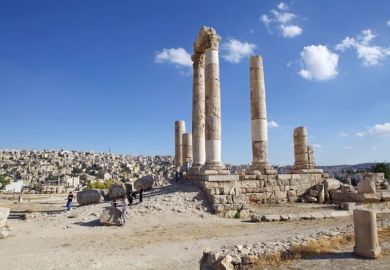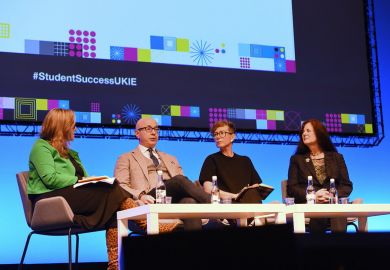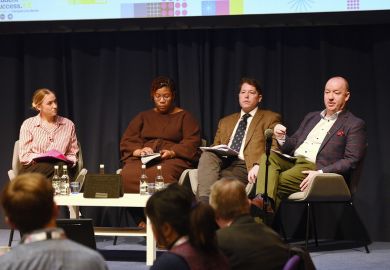A university that is the only campus in its city can occupy a sweet spot, supported by a cash-rich community but insulated from potentially divisive competition, according to a vice-chancellor.
Alex Zelinsky, who joined the University of Newcastle last November, said that the size of his host city – big enough to foster an independent spirit, but too small to warrant multiple campuses – was a factor in institutional performances rivalling those of Australia’s prestigious Group of Eight universities.
Newcastle’s recent achievements include ranking eighth in last year’s research assessment exercise in the number of narrow disciplines rated well above world standard. It was also one of just 11 Australian universities to earn research income of over A$100 million (£54 million) in 2017, the most recent year for which data exist, ranking ninth in the country on that measure.
Combined with nearby coastal regions and the Hunter Valley to the west, Newcastle boasts a population of about 650,000. The South Australian capital of Adelaide, with about twice as many people, has three public universities as well as the private Torrens University and a campus of the US’ Carnegie Mellon University.
Professor Zelinsky said that the “tight” competition among Adelaide universities was holding them back. “One of the reasons we’re successful is because we’re the only university here. We’re really seen to be part of the community. This unique position seems to be driving unique achievements,” he said.
Professor Zelinsky said that Newcastle’s location, about 100 miles north of much larger Sydney, meant it was not a commutable “bed town” for the state capital – unlike Sydney’s southern neighbour Wollongong, which is half as far away – and helped cultivate a sense of independence. Newcastle was also rich in resources from the nearby coalfields and the Hunter Valley agricultural and winemaking region.
The city’s transition from its industrial past, when it was one of Australia’s main steelmaking centres, had nurtured an entrepreneurial mindset reflected in high collaboration rates. Professor Zelinsky’s institution reaped far more federal Innovation Connections Grants last financial year than any other university, ranking second only to the government scientific agency the Commonwealth Scientific and Industrial Research Organisation.
The vice-chancellor said that the university’s 1950s birth as an impoverished college of what is now UNSW Sydney, before gaining independence the following decade, had helped shape the institution’s character. “The community really loves this university. Our great hall was entirely built by donations from the community. Not graduates but community people,” he said.
Newcastle’s position as the only university in town has meant embracing a wide cross section of students. Professor Zelinsky said that half the 24,000-odd undergraduates were the first in their families to attend university, and about one-quarter had entered through enabling programmes rather than high school.
“They graduate and you can’t tell the difference,” he said. “Our employment statistics are as good as any university in the country. If you’re servicing a region, you can make a big difference.”
POSTSCRIPT:
Print headline: ‘We’re the only university here – we’re really part of the community’
Register to continue
Why register?
- Registration is free and only takes a moment
- Once registered, you can read 3 articles a month
- Sign up for our newsletter
Subscribe
Or subscribe for unlimited access to:
- Unlimited access to news, views, insights & reviews
- Digital editions
- Digital access to THE’s university and college rankings analysis
Already registered or a current subscriber?








